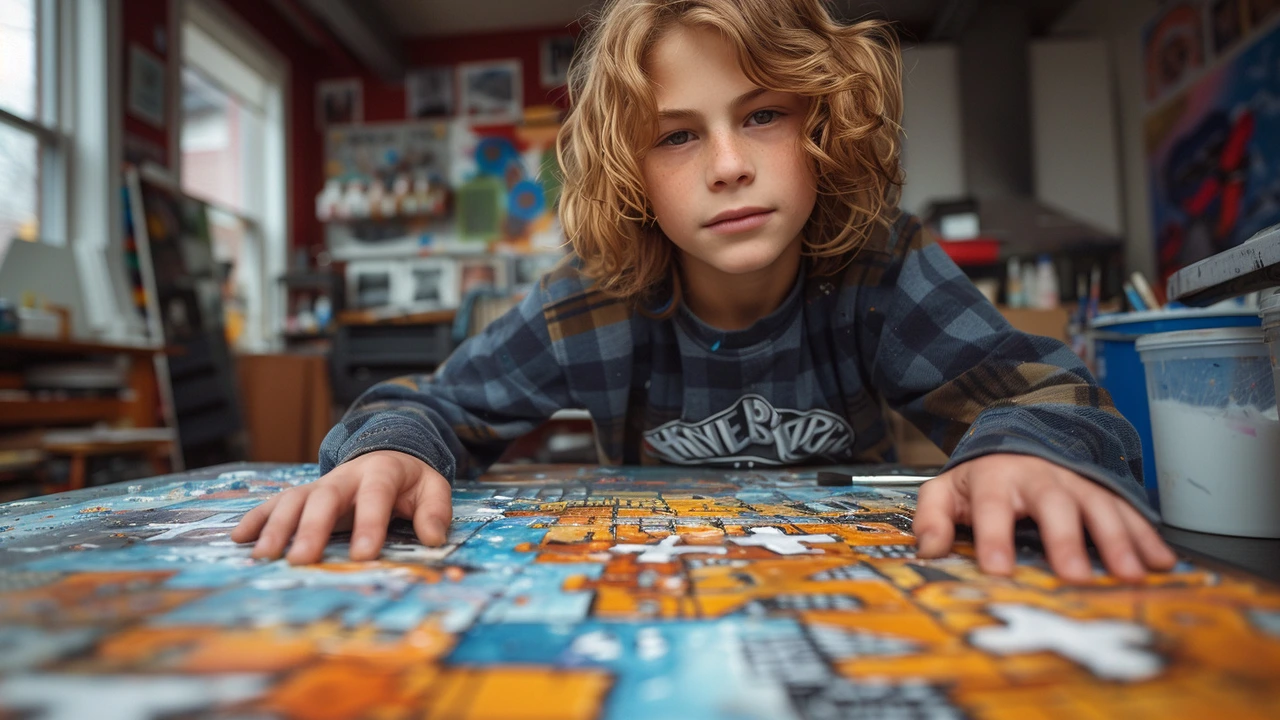Realistic Imagery: How Artists Make Paintings Look Like Photos
Some artworks make you do a double-take because they look exactly like a photo. That visual trick comes from focusing on three things: light, edges, and tiny detail. If you want realistic images—or just want to know what makes them convincing—this page gives quick, useful steps you can use right now.
Quick techniques for realistic results
Start with strong observation. Spend time looking at your subject under consistent light. Notice where the darkest darks and brightest highlights sit. Measure values first using a small viewfinder or a grayscale photo—values control the illusion of depth more than color.
Edges matter more than you think. Hard edges pull the eye; soft edges push things back. Use crisp edges on objects you want in front and blur edges where surfaces meet or where light diffuses. In portraits, slightly softened edges around hair or shadow edges create real depth.
Master color temperature. Warm lights cast warm highlights and cool shadows, or the other way around if light is cool. Mix colors instead of reaching for black to darken tones—adding a little complementary color keeps shadows lively and natural.
Texture and micro-detail sell realism. For skin, leaves, or concrete, work in layers—start broad, then add subtle marks, pores, and scratches. Use fine brushes, glazing, or stippling to build these details slowly. In digital work, use custom brushes or photo textures at low opacity to break flat surfaces.
Use reference smartly. A good photo helps, but don’t copy the photo’s flaws—cameras compress contrast and shift colors. Compare multiple references when possible: one for color, one for detail, one for composition. For moving subjects, freeze moments by sketching quick studies first.
How to read realistic art like a pro
Look beyond detail. If a painting has accurate values, believable light, and consistent perspective, it will read as real faster than if it only had lots of tiny marks. Ask: does the light act the same across the whole image? Are reflections and shadows logically placed? Those are the giveaways.
Check edges and transitions first, then zoom into texture. Reflections, specular highlights, and soft shadow gradients are common places artists either nail or miss. When you see convincing reflections—on glass, water, or metal—you’re usually dealing with a skilled realist.
Tools matter but don’t rule the result. Oil, acrylic, graphite, airbrush, and digital each have strengths. Pick what matches your workflow and practice the core skills—value control, edge control, and color mixing. Over time, those skills move across any medium.
Want examples? Look at photorealism and hyperrealism artists for technique clues, and try recreating small details from their work as exercises. Small, focused practice sessions beat long, unfocused ones every time.
Keep practicing with purpose: measure values, control edges, and build texture. Do that, and your images will start to fool more than just you.

